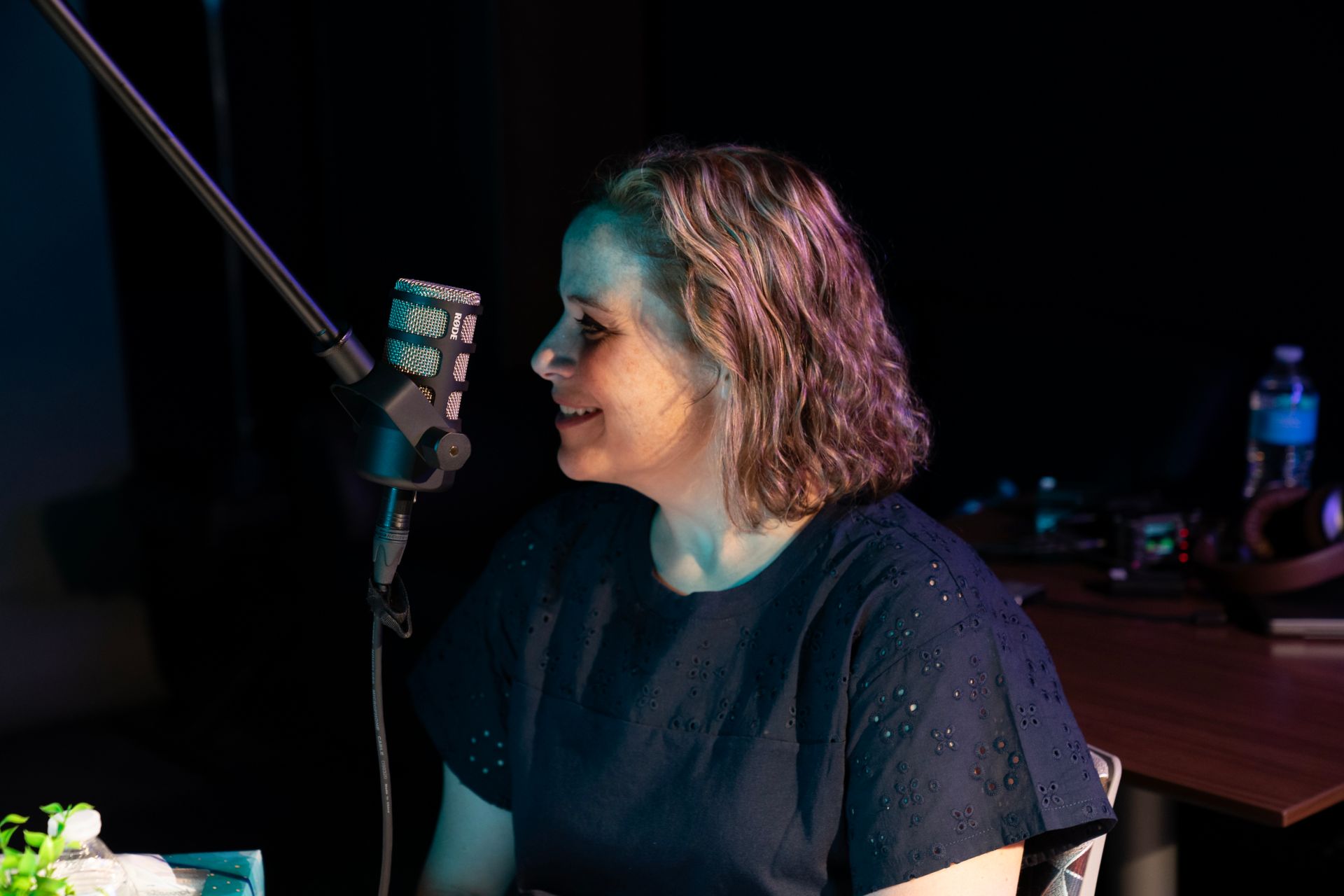St. Jude Family of Websites
Explore our cutting edge research, world-class patient care, career opportunities and more.
St. Jude Children's Research Hospital Home

- Fundraising
Wiskott-Aldrich Syndrome Treatment
Wiskott-Aldrich syndrome is a primary immunodeficiency disorder. This condition reduces the ability of the immune system to protect the body from infections.
Wiskott-Aldrich syndrome increases the risk for health problems such as:
- Infections
- Autoimmune diseases (conditions in which the immune cells mistakenly attack a person’s own normal body cells, tissues, and organs)
- Lymphoma, a cancer of the immune system cells
- Bleeding problems caused by low platelets
Wiskott-Aldrich syndrome symptoms
Symptoms of Wiskott-Aldrich syndrome include:
- Having many bacterial or viral infections as an infant or a young child
- Eczema (red, scaly, itchy patches of skin)
- Low numbers of platelets
- Tendency to bruise or bleed
Wiskott-Aldrich syndrome causes
Wiskott-Aldrich syndrome is caused by a gene change (mutation). The syndrome belongs to a larger family of conditions called WAS-related disorders. They are all caused by harmful changes in a gene called WAS.
The WAS gene is located on the X chromosome. Wiskott-Aldrich syndrome is known as an “X-linked disorder.” X-linked disorders generally affect males, not females. A male has 1 X chromosome from their mother and 1 Y chromosome from their father. If the patient has the WAS gene change on his X chromosome, he will have Wiskott-Aldrich syndrome.
A female has 2 X chromosomes. She may have a mutation in the WAS gene on 1 X chromosome and a normal WAS gene on the other X chromosome. She will not have Wiskott-Aldrich syndrome. But she is a carrier for the condition and can pass the gene change on to her children.
Wiskott-Aldrich syndrome is rare. It occurs in about 1 out of every 100,000 babies.
Wiskott-Aldrich syndrome diagnosis
Tests to diagnose Wiskott-Aldrich syndrome may include blood tests to look at platelets and immune function. Genetic testing may detect the WAS gene mutation.
Wiskott-Aldrich syndrome treatment
The most effective treatment for Wiskott-Aldrich syndrome is a bone marrow transplant (also known as a stem cell transplant). A transplant replaces damaged stem cells with healthy stem cells from a donor. The new stem cells make healthy immune cells.
A bone marrow transplant is most successful for curing Wiskott-Aldrich syndrome when the donor is “tissue matched” to the person with the syndrome. This means that the stem cells of the donor and patient have similar genetic markers, called human leukocyte antigens (HLAs). A sibling with the same biological parents is usually the first choice. If there is no matched sibling, a parent or unrelated donor may be considered.
Other therapies may be used to help manage symptoms. These include:
- Antibiotics and immunoglobulins to prevent or treat infections.
- Immunosuppressants to help prevent a patient’s abnormal immune cells from attacking the body’s healthy cells.
- Platelet transfusions to help the blood to clot and reduce bleeding.
Long-term survival after bone marrow transplant for children with Wiskott-Aldrich syndrome is over 80%. Children who are less than 2 years old at the time of the transplant have the best outcome, with survival rates over 90%.

"Put your devices down. Put away your distractions. Life is short. Time is fleeting. We were reminded that, spending time together, each minute, is such a blessing, and you just can't get that time back."
- Jessica, mother of Charlie
Wiskott-Aldrich syndrome care at St. Jude
St. Jude provides the highest quality of care for patients with Wiskott-Aldrich syndrome:
- The Bone Marrow Transplant Program at St. Jude is approved by the Children's Oncology Group (COG), the National Marrow Donor Program (NMDP), the Pediatric Blood and Marrow Transplant Consortium, and the Center for International Blood and Marrow Transplant Research (CIBMTR). The program is certified by the Foundation for Accreditation of Cellular Therapy (FACT).
- Doctors in the Bone Marrow Transplant Program work closely with laboratory scientists to quickly move new discoveries to patient care. This team conducts clinical trials to study these new discoveries.
- The Transplant Unit at St. Jude is dedicated to the care of patients receiving bone marrow transplants, peripheral blood stem cell transplants, or cellular therapy. The transplant team includes doctors and nurse practitioners with extensive training and experience. The team also includes a pharmacist, clinical dietitian, child life specialist, and social worker.
- Transplant Unit nurses have specific training in the care of patients with Wiskott-Aldrich syndrome.
- At St. Jude, we have created an environment where children can be children and families can be together.
- The nurse-to-patient ratio at St. Jude is about 1:3 in hematology and oncology and 1:1 in the Intensive Care Unit.
Wiskott-Aldrich syndrome clinical trials
There are no open clinical trials for Wiskott-Aldrich syndrome at this time.
Browse open clinical trials
Seeking treatment at St. Jude
Patients accepted to St. Jude must have a disease we treat and must be referred by a physician or other qualified medical professional. We accept most patients based on their ability to enroll in an open clinical trial.
Call: 1-888-226-4343 (toll-free) or 901-595-4055 (local) | Fax: 901-595-4011 | Email: referralinfo@stjude.org | 24-hour pager: 1-800-349-4334